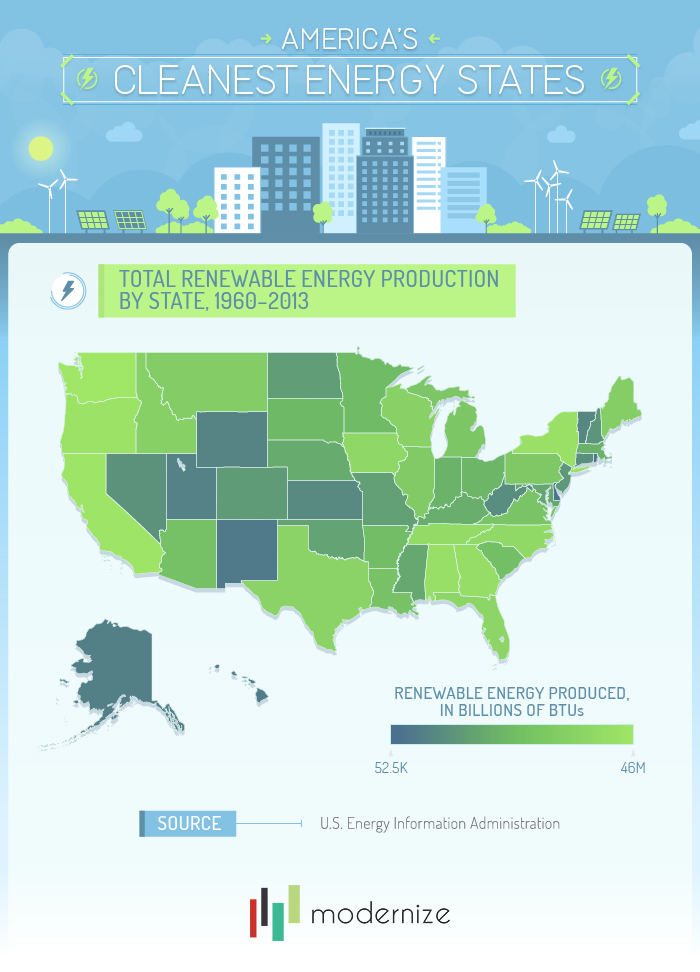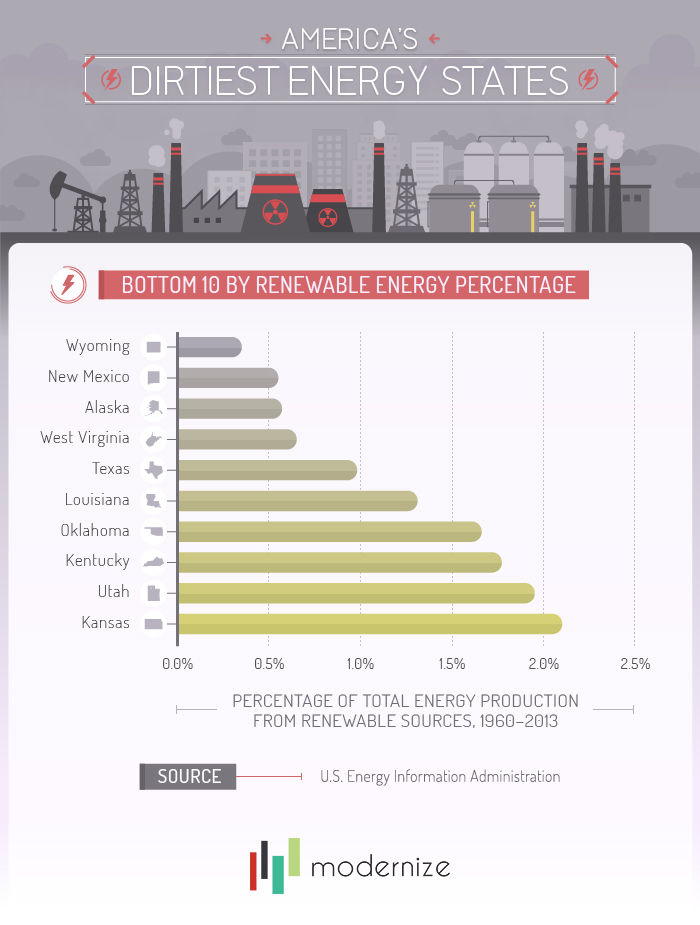7 Garden Maintenance Tips in Autumn
As Autumn approaches in Melbourne, many householders are starting to prepare their gardens for the colder months and taking care of the little jobs that may have passed them by. The season plays an important role in how well your plants, trees and foliage will do during the winter time, so with 7 simple preparation tips, you can have a clean, lush and bumper garden before the cold weather kicks in.
1. Have a good clear out of your garden
One of the best ways to prepare your garden for Autumn is to clean your garden of any leaves or tree branches that may have built up over the last few months. Autumn is a great time to start to clear out the main base of your garden, allowing you to see and tend to flowers of shrubs in the winter. If you have lots of items to remove, why not start your garden waste removal with the help of a skip bin hire company to handle the majority of the heavy lifting.
Lawn and garden maintenance doesn’t have to be difficult, as with the right tools and the right approach you can enjoy a lush and green garden all year round. Instead of waiting until the grass is a little too long, why not get the mower out and keep it at the height you best prefer. That way the grass will be at full health and you will minimise the risk of seeing bald patches as the old grass is left covering the newer turf.
3. Clean up your borders
Tidying up your borders is a great way to have your garden looking fresh and in top shape. Clear out any foliage that shouldn’t be there and inspect the soil accordingly. If you have any plants that you feel are poorly placed, autumn is the perfect time to get in there and replant them. If any perennials have faded slightly, cut them back to around 5cm to provide them the best health over the coming months.
4. Start your compost harvest
If you have any deciduous trees that are in or overhang your garden, don’t worry about all of the leaves that have fallen and start a leaf mould to add to your compost. The leaves make amazing quality compost in a year or two, so store away all you can and you will have your very own compost to recycle in your garden.
5. The best time to plant evergreen
Autumn is the best time to plant evergreen varieties due to the soil being still warm and with ever so slightly cooler weather. This greenery makes up the backbone of any quality garden, providing the green backdrop that many gardeners aim for. Plant your evergreen varieties in a way that brings bulk to your shrub borders and adds colour and depth to your main focal point plants.
6. Lift out timid species before the frost
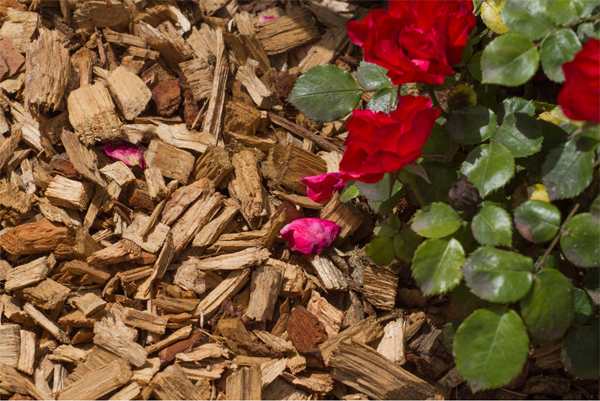
Autumn is the time when you will need to lift out your most fragile plants such as Dahlias or Begonias and place them into storage in a cool and dry place. Use sand or compost to keep them healthy and ensure that you replant them when spring arrives the coming year. Ensure they are fully covered with just the crowns visible to keep them healthy and happy.
7. Take care of your gardening tools
Autumn is a great time of the year to ensure your gardening equipment is well maintained and in good working order. If you need to purchase replacement tools, check out your local garden hardware store to see if they have anything new and exciting in stock. Oil and clean any motorised equipment you might have, and get yourself ready for the busier months to come!
If you feel that gardening in Autumn is a little too much to handle all by yourself, why not hire a garden waste removal company that allows you to clear out your garden of foliage, branches, cut grass and soil and create for yourself a fresh and bright new garden. Simply have the skip bin delivered at a time of your choosing, fill it up and call for removal for a weekends work, your garden can get a full makeover.

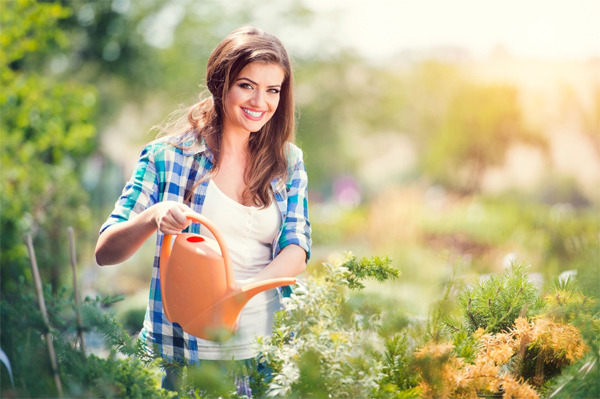


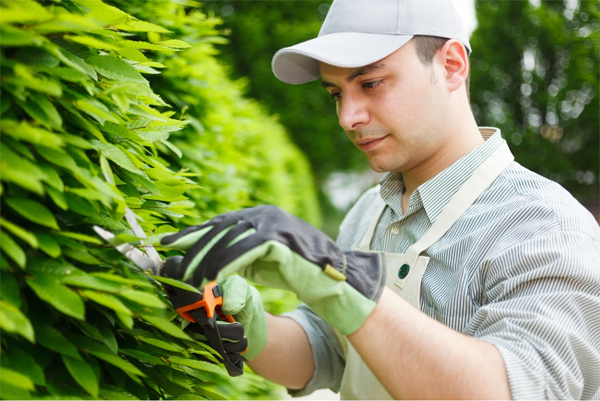
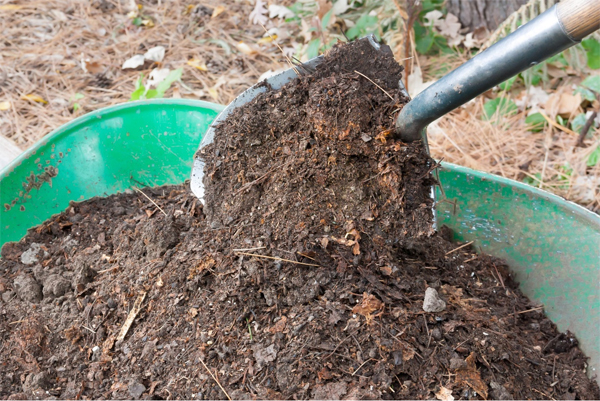
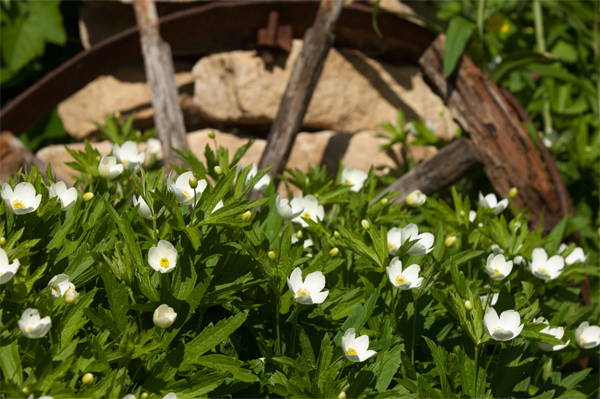
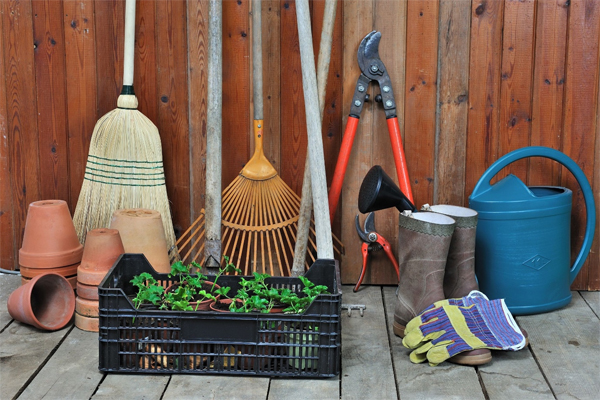

![By Nikolaj Potanin (Own work) [CC BY-SA 3.0 (http://creativecommons.org/licenses/by-sa/3.0)], via Wikimedia Commons](http://frogsaregreen.org/wp-content/uploads/2016/03/Lily_and_frog-1024x696.jpg)
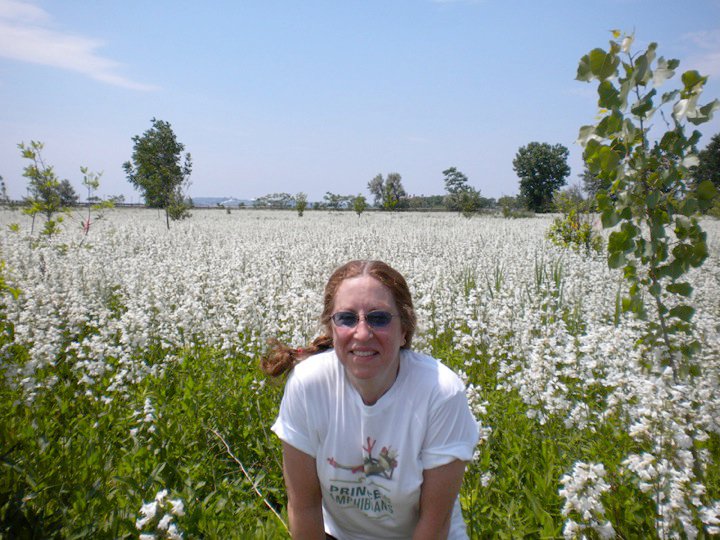
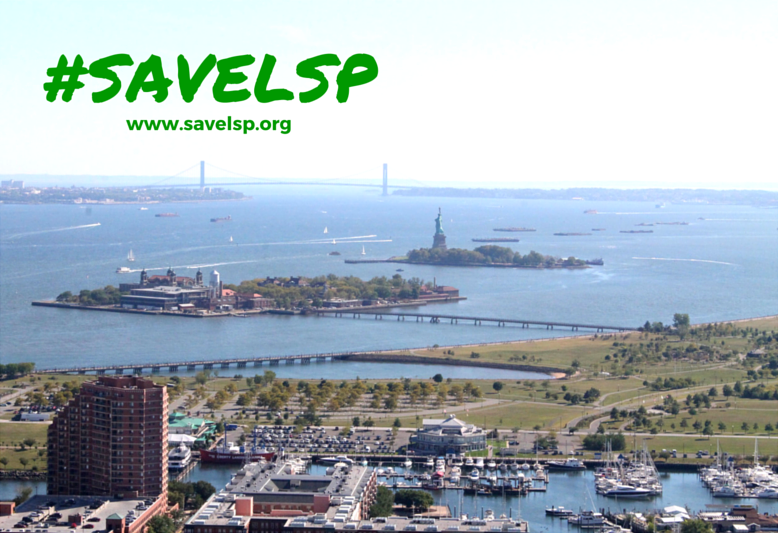
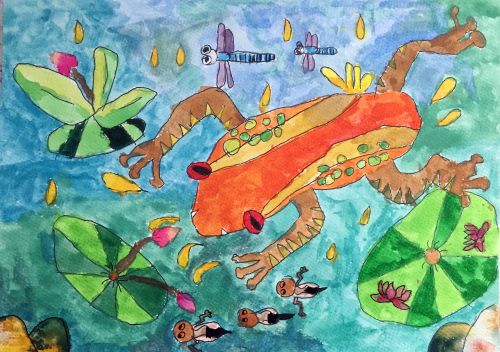







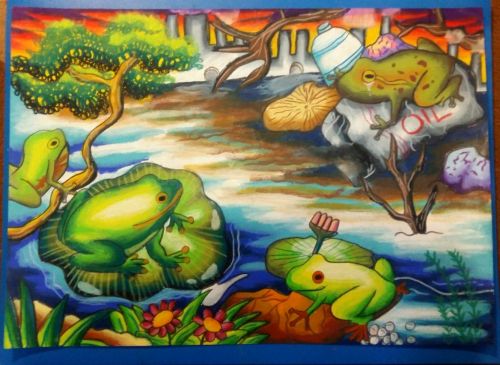






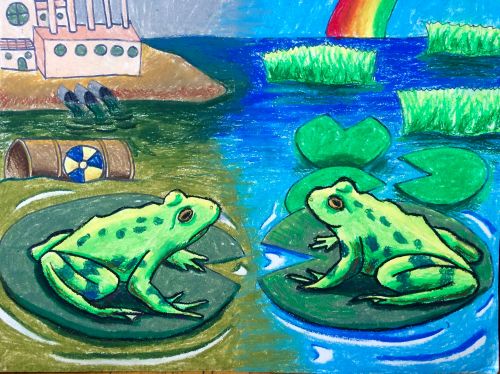













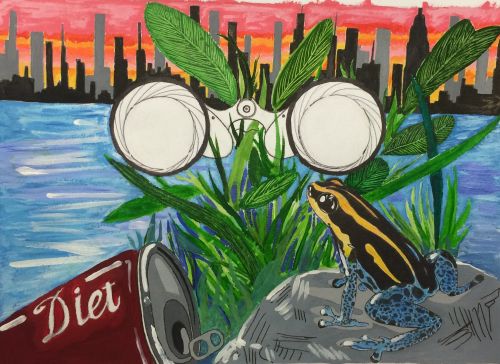


























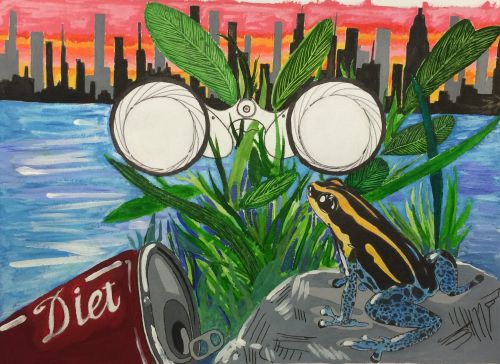










![By U.S. Fish and Wildlife Service Headquarters [CC BY 2.0 (http://creativecommons.org/licenses/by/2.0)], via Wikimedia Commons](http://frogsaregreen.org/wp-content/uploads/2015/12/Two_children_hiking_in_the_woods_8540597552.jpg)

